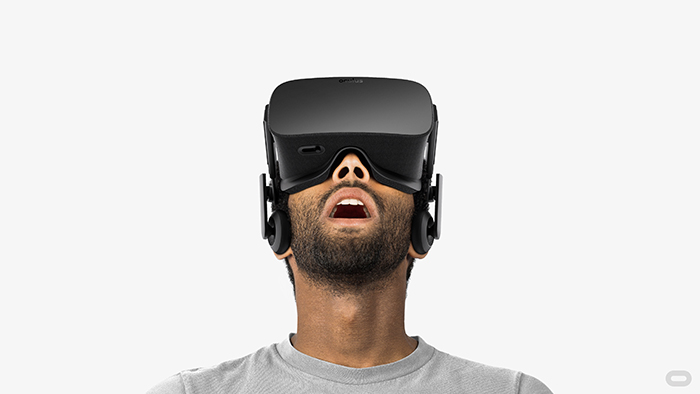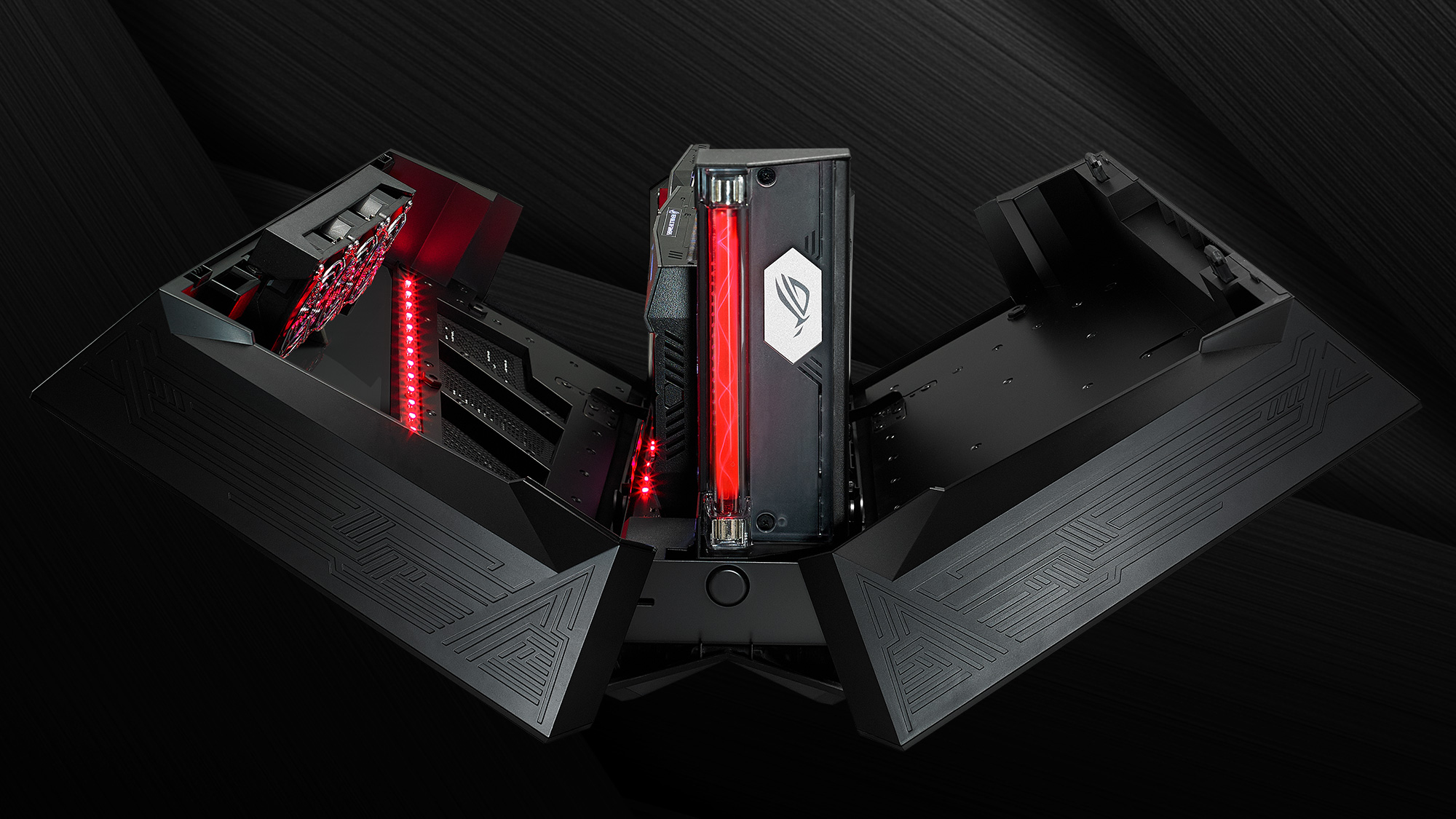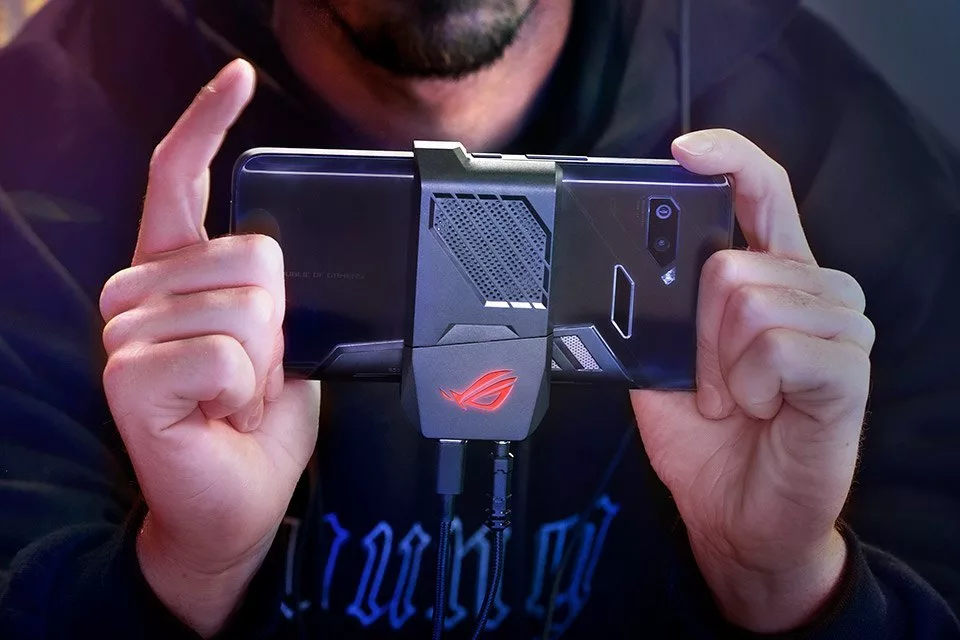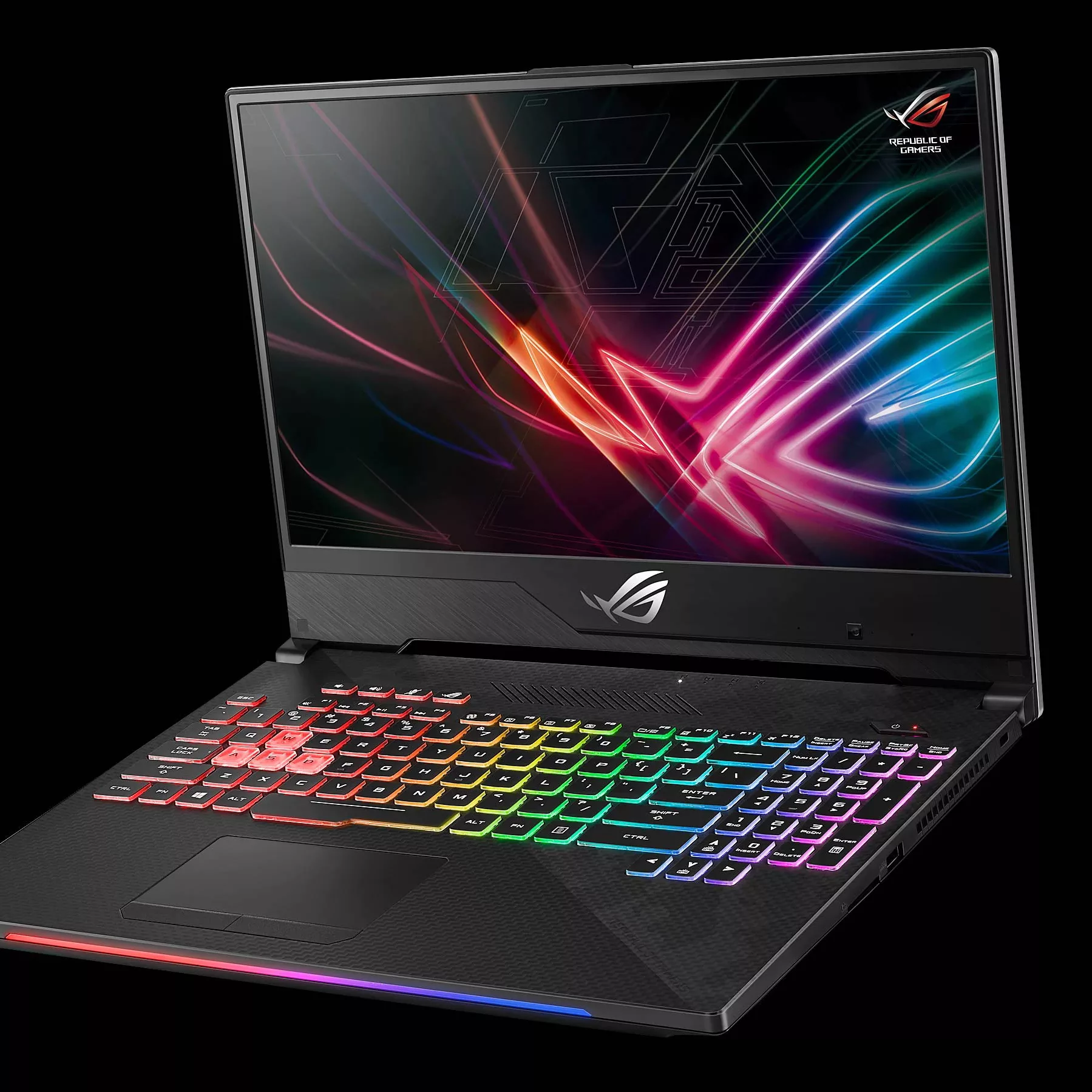THE NEXT LEVEL: WHAT'S NEW IN GAMING HARDWARE
What's next for PC gaming hardware? Luckily for computer game enthusiasts, 2017 looks to be a huge year for high-tech progress, as a number of new technologies — including virtual reality, augmented reality, 4K/Ultra HD, motion sensing, and more - prepare to take center stage. The phrase “the future is now" has never rung truer: swing by your favorite gaming retailer or online distributor, and you'll find a host of eye-opening upgrades not only crash-landing on shelves this moment, but queuing up to blow players' minds over the coming months as well, with a blistering spate of new releases planned up through 2017 and beyond. Wondering which new eye-opening technologies and trends are likeliest to find their way into your living room this year, and in years to follow? Read on to find out - and discover what you'll soon be fast-tracking to the top of your PC gaming wish list.
Virtual reality becomes actual reality

Remember the '90s? The decade that brought us MC Hammer pants, 3D computer graphics, and huge plastic headsets that promised to transport us into entire simulated worlds of wonder? Well, guess what — all of these are back (minus the parachute pants), as virtual reality (VR) makes a smashing comeback.
While there have been past attempts to integrate VR into games, and popularize its usage, it's the next few months that'll truly become a proving ground, as major category entrants such as the Oculus Touch get ready for prime time. Likewise, we'll see competitors such as Microsoft's HoloLens crash-landing on the scene, introducing the possibility that virtual reality will become actual reality in the very near future. And the reason you'll want to take note isn't just that VR has the potential to take gaming off your computer screen and literally immerse you in entire living, breathing universes waiting to be explored. It's also that both hardware manufacturers and developers are increasingly embracing virtual reality platforms in a major way, and threatening to introduce all sorts of amazing new hardware units and mind-blowing games to support them.
Unlike many previous VR units, the critically acclaimed Oculus Rift — hailed as what could be one of the first headsets to demonstrate the technology's potential in a practical and user-friendly way — has some serious support behind it. Despite its humble origins as a Kickstarter-funded project, the system has made major waves in the gaming industry following the company's $2 billion buyout from Facebook.
Just a few of the killer apps being promoted for the unit include the survival horror gamesDying Light and Doors of Silence, which convey a sense of isolation and fear that's often hard to come by when viewed on traditional systems, and the action games Valkyrie and Titanfall, which offer greater atmosphere and more haunting visuals than ever before possible. Today's VR technology promises to transport you to these virtual worlds in ways unlike anything that has come before.
Of course, other VR headsets are also trying to corner the market on virtual reality gaming such as the HTC Vive. In addition to offering hyperrealistic 3D gaming experiences, it'll include two handheld controllers and the ability to use the device to make and receive calls and texts, in case you want to get all cyberpunk up in the house too.
Also keep an eye out for Microsoft's HoloLens. Announced in early 2015, the headset has been made available to the developer community in a special HoloLens Development Edition, which includes a number of software apps to help with software design. Microsoft has already unveiled three gaming demos which show off the system's potential: Fragments, a crime drama experience; Young Conker, a platform-hopping action game; and RoboRaid, a title that in essence offers old-school 2D gaming action in lifelike settings.
Virtual reality is beginning to look more and more like a viable proposition — and one that could potentially reshape the gaming landscape like never before.
Music games find a comfortable groove
Music games such as Rock Band and Guitar Hero — which invite players to strum along to popular tunes using plastic controllers shaped like real instruments — have long given gamers the chance to play at being virtual rock stars. But though such games skyrocketed in popularity when first introduced, the market for them crashed as quickly as a rock star after a tour-long bender. Happily, in recent months, these titles have come charging back like a supergroup, thanks to gamers' continued desire to hog the limelight, and croon along with favorite tunes — no matter how ready for the limelight their actual voices might be.
There's been just one problem for fans: these titles have typically been confined to console systems. Happily, Cian Rice, associate community interaction manager at Harmonix — the brand behind the Rock Band — suggests that rhythm-based musical games could be coming to the PC in a major way very soon. Citing the rise of new high-tech advancements such as VR and streaming online games, and digital storefronts such as Steam (and the many forms of user-generated content they allow fans to create), as major forces that could help drive interest, he expects this limitation to change. New developments in the PC music gaming space would make perfect sense as well, given that there are already numerous music creation programs and other digital interfaces for musical instruments on the PC. It wouldn't be surprising to see the field evolve in the near future from simple button-mashing rhythm games for console hardware to more sophisticated computer programs that may even teach basic or advanced drum, keyboard, and guitar skills.
More advanced PC interfaces have the potential to blend these learning tools with more advanced recording and editing options. It's entirely possible that if integrated well with hands-on simulations, PC music games might do more than teach musical aptitude. They might also enable players to tape and edit their own creations, and then share them for the world to enjoy. Who says you need to build a home recording studio? Very soon, computer games (and the more sophisticated musical controllers that they have the potential to support) may offer a ready and far more affordable alternative.
4K and ultra high-definition take over

HD — as in high definition — is so 2008. Just as TVs are getting bigger, slimmer, and higher resolution, so too are PC monitors (see ROG's Swift PG348Q gaming monitor), while graphics cards and even laptops are now supporting 4K and ultra high-definition (UHD) resolutions as well. Offering roughly four times the resolution of HDTV, 4K/UHD gaming content offers the kind of graphics you've got to see to believe. (Think crystal-clear, kick-ass visuals with pictures so sharp you could practically cut yourself on them.) Just a few games which will test the limits of your system:
Better still, while VR is coming soon, 4K is already here — and could be a game changer. Video is all about the resolution. Higher resolutions mean better visuals, and the leap from high-definition to 4K/UHD has all but taken gaming to photorealistic levels. Weapons, character models, textures, and even special effects that are rendered in 4K and ultra high-definition content all have a stunningly crisp and detailed look, with little touches that practically pop off the screen. With more and more developers creating games that support these higher resolutions, it's no surprise that you're also seeing more and more franchises working hard to deliver eye-popping visual experiences that truly up their game.
Motion-sensing technology makes its move

Intel's RealSense featured in ASUS' Zenbo could take computer gaming way beyond the concept of touchscreens and make motion-based play on the PC far more intuitive and adaptable to a variety of different contexts than anything console manufacturers have provided to date. This gesture-tracking interface (increasingly being built into a range of new computers) is based on a series of high-end 3D cameras that don't just track hand swipes or follow specialized controllers, but can also utilize facial analysis and supporting technologies to track multiple faces, map up to 10 simultaneous finger movements, and register a variety of more complex gestures. This technology could let you manipulate complex interfaces in detailed simulation games more naturally, and it could also let you quickly parse through detailed strategic maps, manipulate entire armies with a swipe or wave of the hand, or simply browse through a menu of hit songs and movies with the flick of a wrist.
Moreover, because RealSense is built around speech recognition technologies, it provides support for augmented reality (AR) technologies that can physically integrate gamers into the on-screen action. For players, this may mean fitness games that invite you to get off the couch and get moving, or platform-hopping adventures that see you jumping along in place. In effect, instead of just tracking arm or hand movements, games that support these technologies may allow players to interact with games in ways we can only imagine — such as a computer being able to tell if you're bluffing in poker, or wondering if you might be lying, as you try to pry information out of shady characters in your favorite role-playing game. As you might imagine, hopes are high for RealSense and titles that support it.
On the edge: further advances hit the scene

Likewise, there have been a number of additional hardware advancements starting to arrive that could also enhance the gaming experience in 2016 and beyond. External graphics such as the XG Station 2, for example, are increasingly becoming an option as a way to amplify visual quality on ultra-portable laptops, while wireless charging isn't being limited to just mobile phones, but is now being introduced to notebook PC systems as well. Similarly, the hardware inside tomorrow's computers is about to get a lot more powerful. ROG offers waterblocks on motherboards, graphics cards and even laptops to keep the machines running cool — even as the added computing muscle they offer keeps the action heating up on-screen more than ever.
From high-end graphics cards to peripherals with synchronized lighting effects, the future of gaming hardware only gets brighter from here on out. Be sure to stay tuned for more on the hottest new PC game trends, and all the latest gadgets and gear you'll be wanting to grab in the coming months to give you a leg up on the competition. Needless to say, there's never been a better time to be a gamer, or a better range of equipment available to meet your every PC gaming need — the most promising new development of all.


